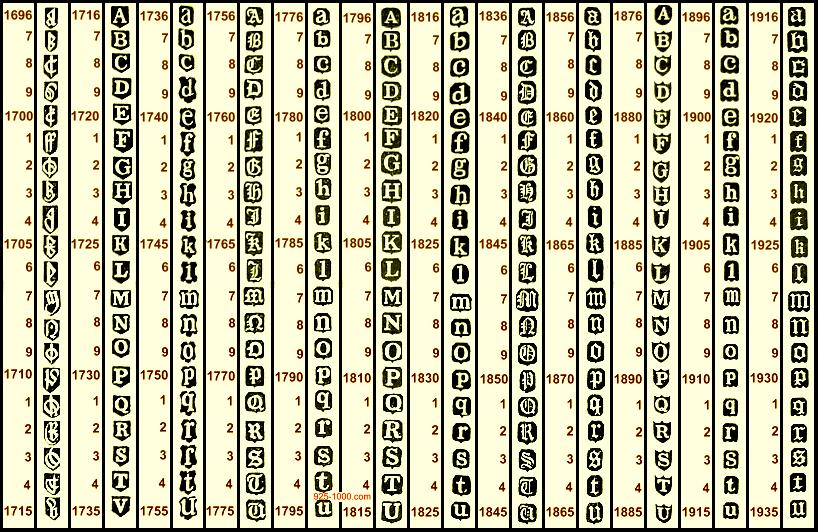The Silver Makers Marks Quill Ink Silver Hallmark represents a unique and refined blend of traditional silver-making and artistic calligraphy. It transcends its functional role as a stamp of authenticity to become an emblem of history, culture, and exquisite craftsmanship. This distinctive hallmarking method serves as a bridge between past and present, capturing the legacy of master artisans while continuing to inspire contemporary silversmiths and collectors alike.
Origins and Techniques of Silver Makers Marks Quill Ink Silver Hallmark
The tradition of hallmarking silver dates back centuries, rooted in the need for authenticity, traceability, and standardization of precious metals. Initially, silver hallmarking served as a means to certify the purity of silver, ensuring that buyers received genuine and high-quality products. Over time, hallmarking evolved beyond mere identification, embracing artistry and intricate detailing that made each mark a reflection of its creator.
Unlike conventional stamped or engraved hallmarks, the quill ink method introduces a delicate and sophisticated approach to silver marking. This technique, which emerged in artisanal workshops, involves the use of a quill pen—traditionally fashioned from goose or swan feathers—dipped in specially formulated ink that adheres to silver surfaces. The quill’s flexibility allows for fluid, elegant strokes, making each hallmark as unique as the artisan who inscribes it.
The hallmarking process using quill ink demands precision and expertise. Artisans carefully select high-quality ink to ensure longevity and adherence to silver, while the pressure applied with the quill determines the depth and prominence of the mark. This method enables variations in design, from bold and elaborate calligraphic strokes to minimalist and refined signatures.
The Artistic and Cultural Significance of Quill Ink Silver Hallmarks
Beyond their practical function, quill ink hallmarks are celebrated as miniature works of art. These hallmarks often incorporate intricate embellishments, ranging from floral motifs to elegant flourishes that showcase the artistic sensibilities of their era. Each mark carries the essence of the silversmith’s craftsmanship, transforming a simple identifier into an aesthetic statement.
The cultural importance of these hallmarks extends far beyond their beauty. They serve as historical records, providing insights into the craftsmanship traditions, economic conditions, and social structures of their time. Many hallmarked silver pieces bear the insignia of prominent guilds or renowned artisans, offering a glimpse into the legacy of silver-making in different regions. Collectors and historians treasure these hallmarks as artifacts that narrate the evolution of silver craftsmanship and trade laws over centuries.
Modern Adaptations and Innovations in Hallmarking
Despite advancements in technology, the legacy of quill ink silver hallmarks endures. Contemporary artisans continue to uphold this tradition while incorporating modern techniques to enhance precision and durability. Laser etching, for instance, allows for the replication of quill strokes with remarkable accuracy, ensuring that the artistry of traditional hallmarking is preserved.
Moreover, the scope of hallmarking has expanded beyond conventional silverware. While historically applied to flatware, tea sets, and ornamental pieces, quill ink hallmarks now grace contemporary jewelry, luxury accessories, and even artistic installations. Some designers prominently feature these hallmarks as part of the aesthetic composition of their creations, elevating them from mere identifiers to focal points of artistic expression.
Preserving and Appreciating Quill Ink Hallmarks in Silver Collecting
For enthusiasts and collectors, understanding quill ink hallmarks is essential for assessing the authenticity and value of silver items. These hallmarks not only verify the purity and origin of silver but also offer clues about its historical significance and craftsmanship.
Authenticating Hallmarks
The ability to interpret hallmarks is crucial in distinguishing genuine antiques from forgeries. Since each hallmark reflects a unique blend of artistic style, materials, and historical context, collectors rely on specialized reference guides and expert analyses to authenticate their pieces.
Appraising Value
Quill ink hallmarks significantly influence the market value of silver objects. Rare hallmarks, particularly those associated with renowned artisans or specific historical periods, can greatly enhance an item’s worth. Collectors often seek out hallmarked silver not just for its aesthetic appeal but also as a valuable investment.
Preservation Techniques
Maintaining the integrity of quill ink hallmarks requires proper care. Unlike stamped or engraved marks, quill ink hallmarks are more susceptible to wear and fading. To preserve them, collectors must:
- Avoid abrasive cleaning methods that may erode the ink
- Store silver items in controlled environments to prevent exposure to moisture and air pollutants
- Use specialized cleaning solutions that protect both the silver and its delicate hallmark
By following these precautions, collectors can ensure that the legacy of quill ink silver hallmarks remains intact for future generations.
The Evolution of Hallmarking Techniques: Precision, Artistry, and Innovation
The journey of hallmarking reflects broader shifts in craftsmanship, technology, and artistic sensibilities.
Historical Context
Hallmarking originated as a legal requirement to certify metal purity but evolved into a skilled trade and, ultimately, an art form. Early hallmarks were simple, functional stamps that conveyed essential information. However, as silver-making techniques advanced, hallmarking grew increasingly intricate, with artisans incorporating decorative elements into their marks.
Precision and Artistry
Advancements in tools and techniques have allowed artisans to create hallmarks with unparalleled precision. What once required manual dexterity and patience can now be achieved with digital precision, enabling the preservation of historical styles while introducing new artistic possibilities.
Modern Innovations
Today, traditional hallmarking methods coexist with cutting-edge technologies. Laser etching, for example, can replicate the fluid strokes of a quill while ensuring long-term durability. These innovations make it possible to maintain the authenticity of hallmarking while expanding its applications beyond traditional silverware.
Hallmarks as Symbols of Artisan Identity and Branding
Beyond their role in verifying authenticity, hallmarks serve as personal signatures for artisans and brands.
Signature Style
Many silversmiths incorporate hallmarking as a means of establishing their unique artistic identity. Just as painters sign their canvases, artisans use hallmarks to leave a distinct imprint on their work, making each piece traceable to its creator.
Brand Recognition
For luxury brands and independent craftsmen alike, hallmarking functions as a symbol of prestige and quality. A well-recognized hallmark adds to the perceived value of a silver object, enhancing its desirability among collectors and consumers.
Cultural Identity
In various cultures, hallmark designs are closely linked to regional traditions. Certain patterns and symbols are associated with specific craftsmanship lineages, making hallmarks not only identifiers of authenticity but also emblems of cultural heritage.
The Future of Quill Ink Hallmarks: Adapting Tradition for a Modern Era
While technology continues to reshape silver-making, the appreciation for traditional hallmarking remains strong. Efforts to preserve and adapt quill ink hallmarks include:
Sustaining Craftsmanship
As global markets evolve, maintaining traditional techniques becomes both a challenge and an opportunity. Artisans who master quill ink hallmarking contribute to the ongoing legacy of this unique skill.
Innovative Applications
Expanding hallmarking into new domains—such as luxury watches, electronic goods, and fine accessories—demonstrates its adaptability and continued relevance in modern design.
Educational Outreach
Workshops and exhibitions dedicated to hallmarking help raise awareness and inspire new generations of artisans. By educating the public about the history and artistry of quill ink hallmarks, we ensure that this tradition does not fade into obscurity.
Conclusion
The Silver Makers Marks Quill Ink Silver Hallmark is more than a simple identifier—it is a testament to centuries of artistry, precision, and tradition. As we continue to explore and celebrate this fascinating convergence of calligraphy and silver-making, we honor the rich heritage of craftsmanship and ensure that its legacy remains vibrant for future generations.

